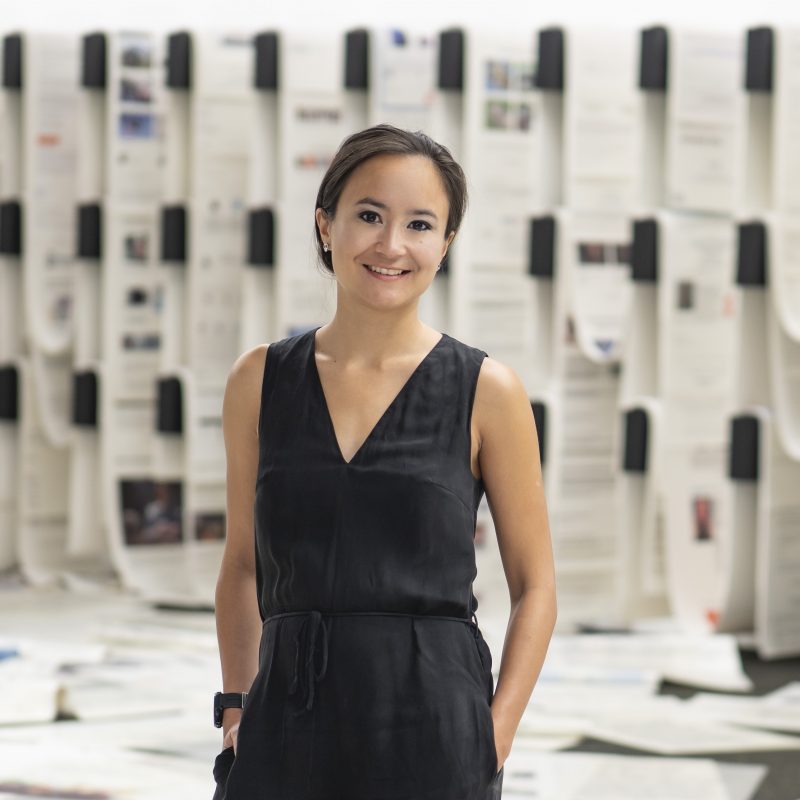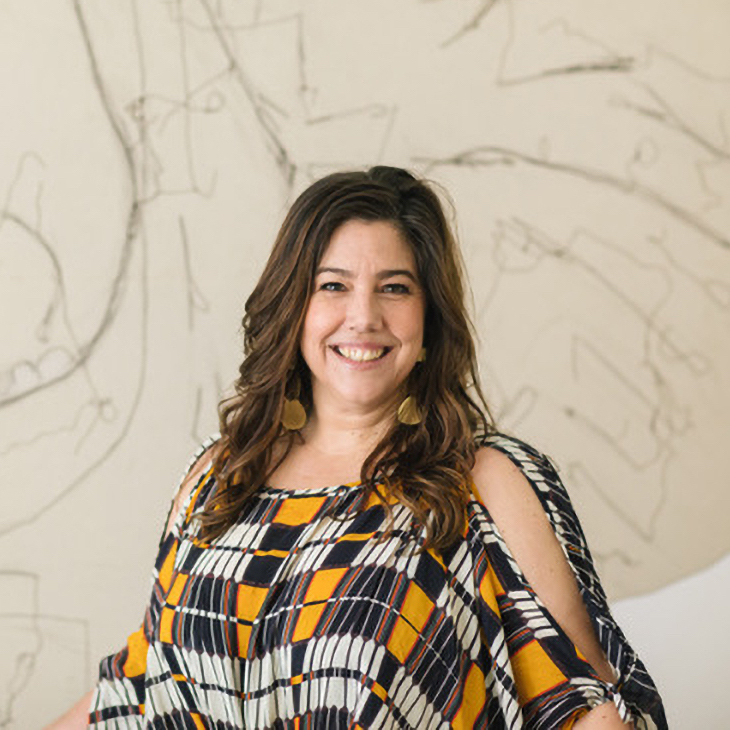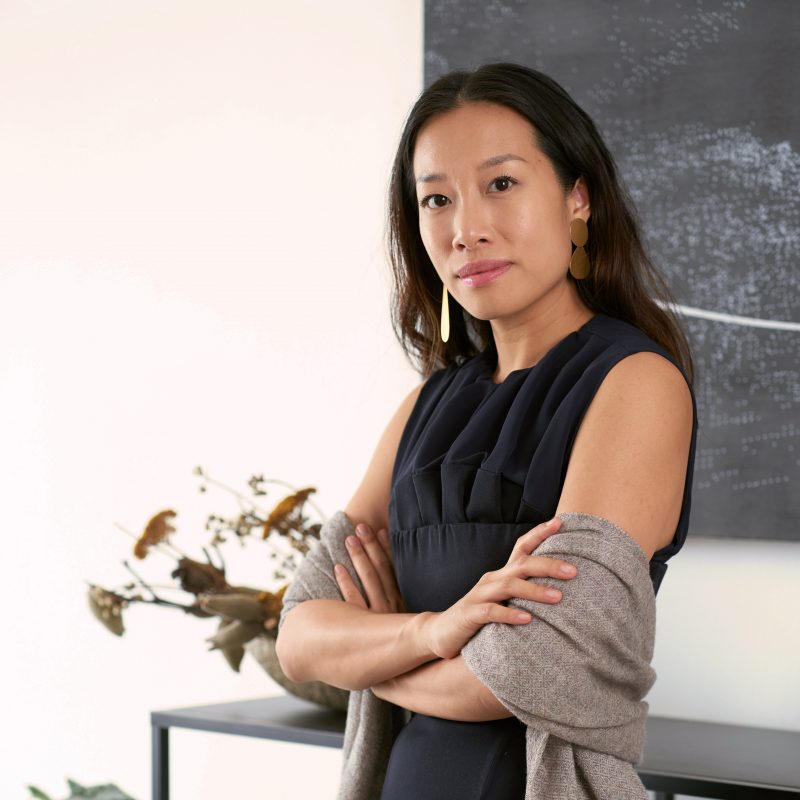Vladislav Sludskiy, our Senior Consultant for Central Asia, speaks about his experience prior to joining Metis, how the Central Asian market is rapidly evolving, and what it means to begin a collection in a nascent art ecosystem.
1. From New York to Almaty, you have engaged widely with various curatorial projects and many cultural institutions internationally. To highlight your great passion for the growing scene in Kazakhstan, can you share a little bit about what you were working on within the region prior to joining Metis?
I was mainly working on the annual public art festival ARTBAT FEST that I co-founded with my father in 2010 in Almaty. Since then, we’ve exhibited numerous site-specific pieces by artists such as Tatzu Nishi, Walid Siti, and Tima Radya. In 2017, my non-profit organisation, the Eurasian Cultural Alliance was selected to source and supervise the production of four massive sculptures by Saken Narynov, Marc Fornes and Andrew Rogers for Astana EXPO 2017. We also produced around 35 exhibitions displaying the works of local and international artists. A solo show of Damien Hirst in 2015 at the Kasteyev Museum was one of the most memorable.
There were also projects in Zurich, Dubai, New York and Moscow, organically coinciding with my interest in emerging markets, such as Chinese and African art, which I was focusing on during my time as a director of Ethan Cohen Gallery in New York. After almost a decade of working in contemporary art as an educator, curator and gallery director, I felt the need to expand my practice to consultancy. Soon after, I crossed paths with Metis and found myself in a group of like-minded people with the same strong values and desire to support Asian markets that I have.
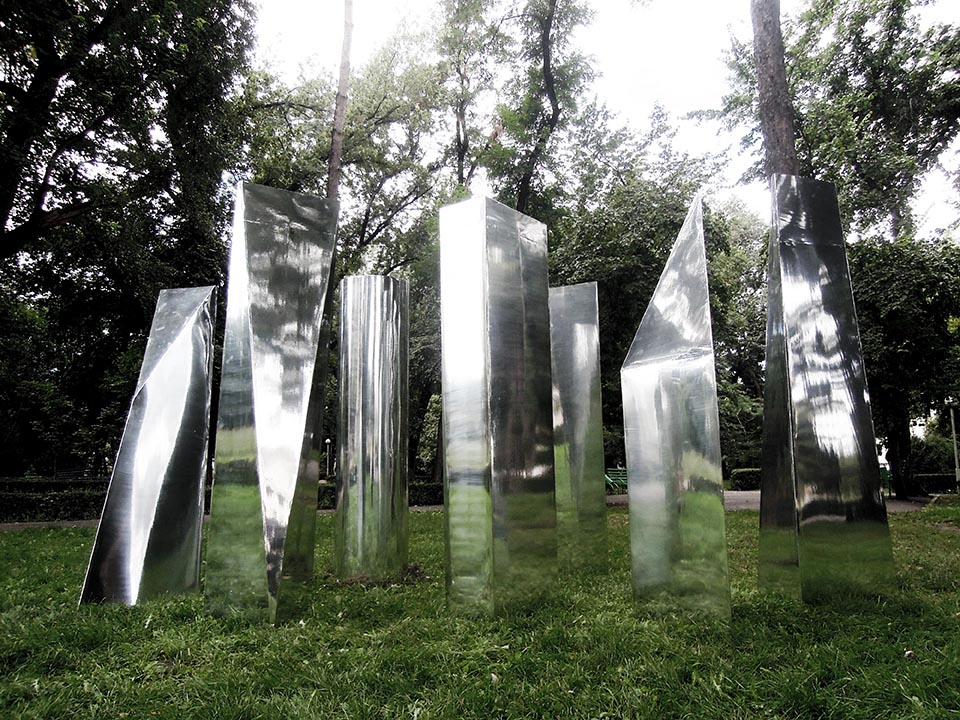
Walid Siti, ‘The Seven Towers’, 2015, Installation at ARTBAT FEST6. Image courtesy of Rose Issa Projects.
2. Here at Metis, our team of consultants operate in nascent art ecosystems. Very briefly, can you describe what the Central Asian market looks like now, and how do you see it evolving?
After 30 years of independence, the market is evolving with more artists from the older generations entering significant institutional and private collections such as M HKA, Centre Pompidou, Tretyakov Gallery, and the Alain Servais Collection. Certain cultural infrastructure has been formed locally with the help of Tselinny Center of Contemporary Culture, Aspan Gallery, TSE Art Destination, the Eurasian Cultural Alliance, as well as other initiatives. As globalisation keeps pushing geographical and mental boundaries, I envision a great amount of interest from international arts communities towards the young and diverse art that Central Asia can offer.
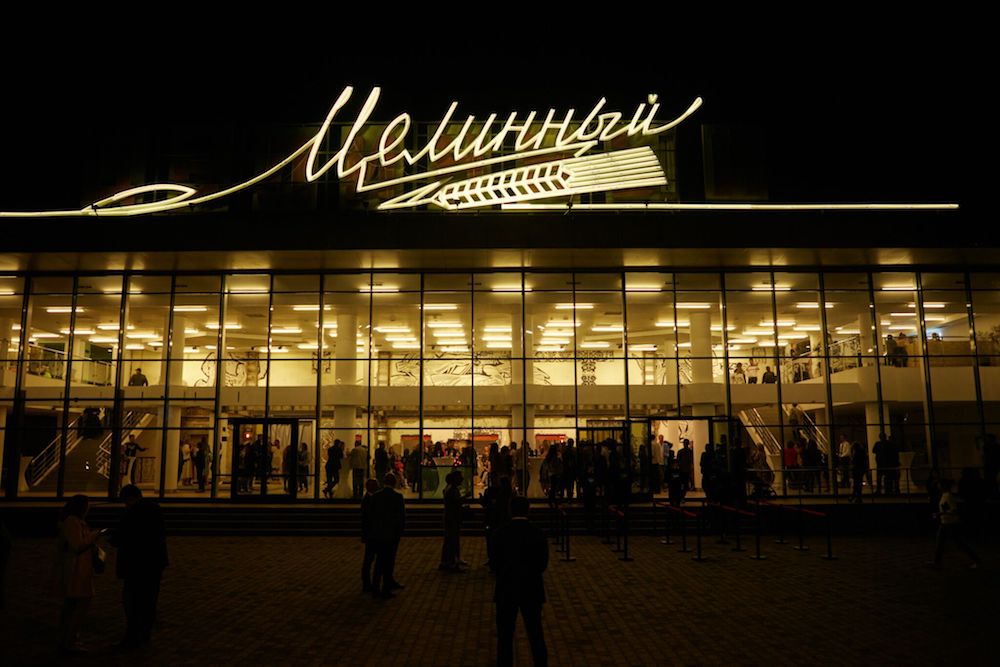
Tselinny Center of Contemporary Art Culture, 2018. Photo by Maria Popova, courtesy of The Calvert Journal.
3. What is one piece of advice you would give to those in Central Asia wanting to begin their journey of collecting?
Collecting is a great opportunity to expand your network, learn more about the world you live in and — if you do things right — to increase your cultural and financial capital. I always advise to collect with heart, but also to be familiar with global market tendencies, read available reports, know the numbers, travel to art fairs and be a part of the ecosystem. Collecting is a form of belonging and as any serious enterprise, it requires time, effort and expertise. If all these boxes are checked, the emotional and financial returns are guaranteed.
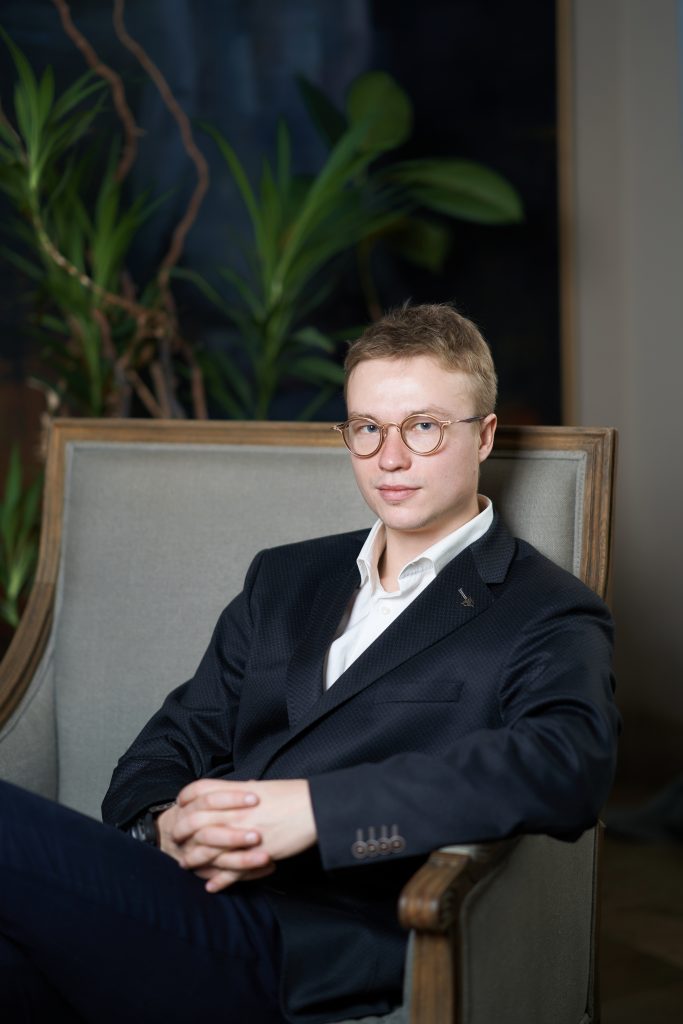
Vladislav Sludskiy
4. Metis believes strongly in the value of education and thus, one of our key offerings is The Tetrad, our foundational art education course. What do you consider to be an essential component of art education specifically for your local audience?
Though the role of a collector has been clearly growing in the art ecosystem, I still believe the process begins with the artist. That is why art history is essential. One needs to know how to trace these historical processes not only from the perspective of art, but also politics, philosophy, economics, and other overlapping disciplines. I would say that art history is a priority — it is the foundation upon which great collectors and great artists unite.
5. Finally, what are you most looking forward to in working with Metis?
Art is still the only asset in the world that has no supervising institution on top of it. While I would want to keep it this way, such a structure creates a significant amount of uncertainty not only for the buyers, but also for the sellers. With Metis, I am hoping to be a part of a young, dynamic team that can make the right decisions collectively, share market intelligence quickly, adjust strategies and grow together not only as a company, but with the circle of patrons and collectors that are affiliated with us. I want to bring more expertise, transparency and quality into the Central Asian market and I am confident Metis’ involvement will be beneficial for Central Asia and Kazakhstan in particular.






